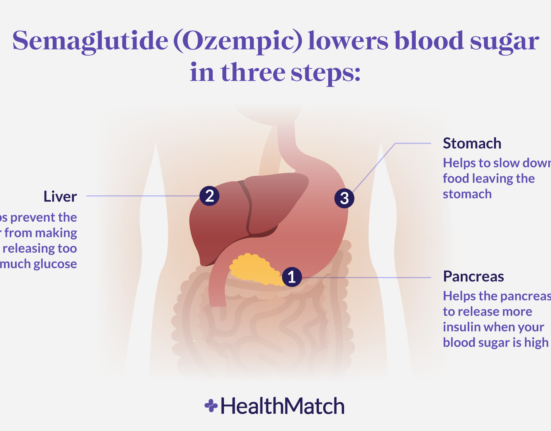In recent times, the higher demand for products has caused more and more industries to produce goods. Due to this, the waste generated in form of effluents has also increased notably. Not only the chemical or gas or oil waste effluents, but also the by-products of the food and beverages processing industry. Different categories also include production of the clothes, shoe manufacturers, etc.
Considering the fact that this type of waste is increasing with industrialization, the Wastewater treatment system is very essential in order to maintain an environmentally friendly world. Accumulation of waste causes a number of problems from health issues to bigger issues that affect the economy of the nation. So it becomes essential to identify such industries and find a solution to such wastes. Listed below are some industries that generate high amounts of waste.
Metal Finishing Industry
The waste which gets accumulated by the production of metal finishing operations is generally a slurry (sludge) having metals dissolved in liquid crystal form. Metal plating, metal finishing and printed trajectory board (PCB) manufacturing procedures create a lot of sludge including metal hydroxides such as ferric hydroxides, and magnesium hydroxides. When all of this is mixed with water, it has a negative impact on marine life. Defoliating the waste is a long process and thus requires the study of different wastes in water.
Industrial laundries Industry
The workers working in heavy industries have dirty clothes. These clothes do not have a one-time wash and clean treatment. But these types of uniforms require special wash because they are accumulated with oil and grease, lint, sand, grit, and heavy metals which must be treated before it can be discharged.
Chemical manufacturing Industry
Once in the aquatic setting, plastics can soak chemical pollutants from surrounding waters and bewitch them great spans as they move approximately with ocean winds. When creatures eat plastic, these chemical adulterants enter their stomachs, leading to toxic effects. Numerous of these chemicals have existed from exposition due to troubles about human and environmental fitness. Nevertheless, some are so endless in the atmosphere that they are still found today.
Mining Industry
Mine tailings are a combination of water and finely tuned ground rock that is left over for mining once the mineral is concentrated – such as gold or silver – is extracted. Treating these mine tailings is a pivotal challenge faced by mining firms. It becomes an environmental liability as well as a substantial cost challenge. However, it is important to find a treatment method feasible for the industries.
Conclusion
Industrial wastes are a major problem faced today by industries worldwide. Chemical firms today continuously face environmental regulatory troubles occasionally while dealing with their wastewater effluents. Pollutants released from grease refineries include traditional pollutants like oil and petroleum, discontinued solids, ammonia, chromium, phenols and sulphides. Increasing technology in different machines has shown that wastewater can be reused. The research is still on to ensure that these treated effluents are good enough to be reused in some or other industrial processes.








893 Comments